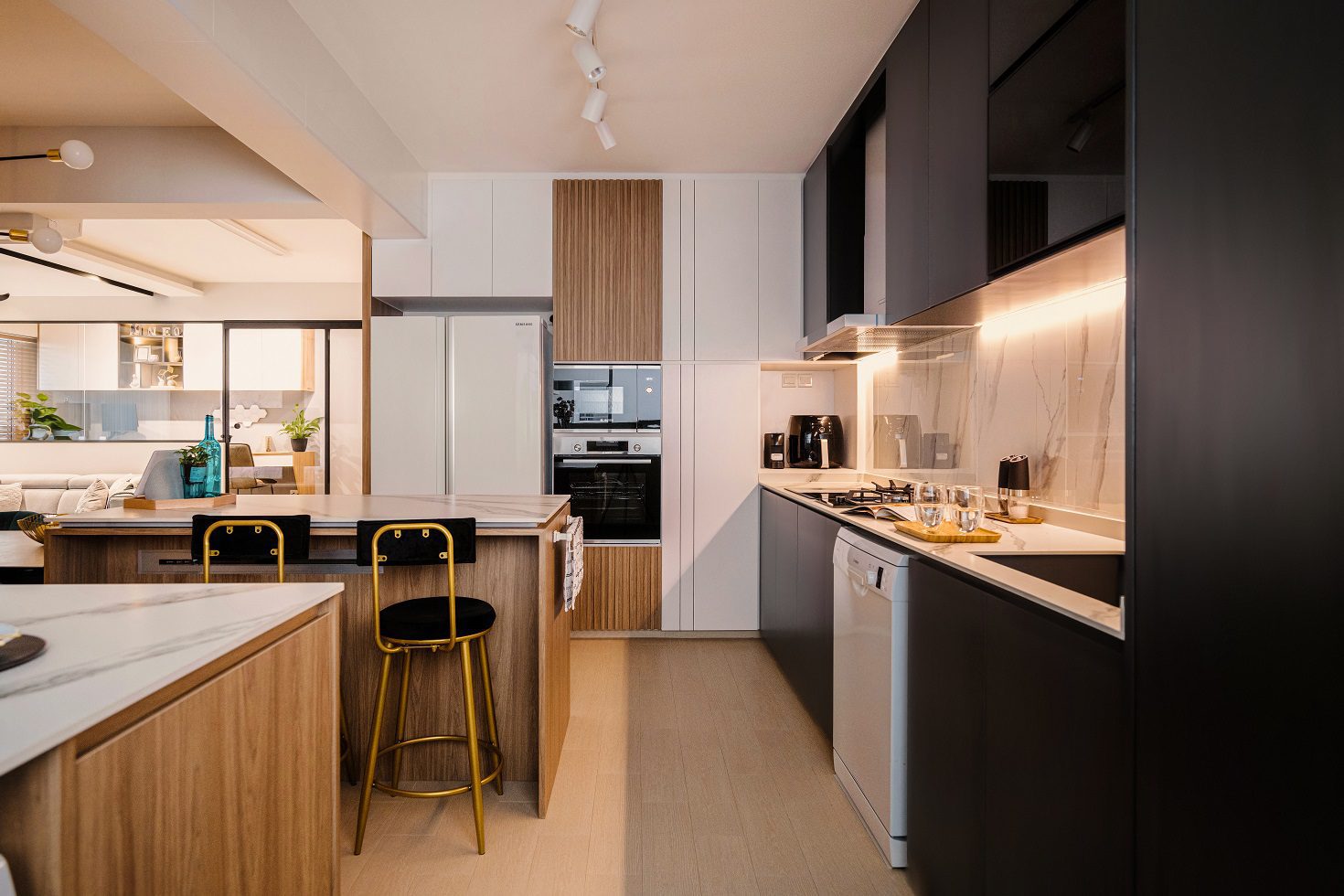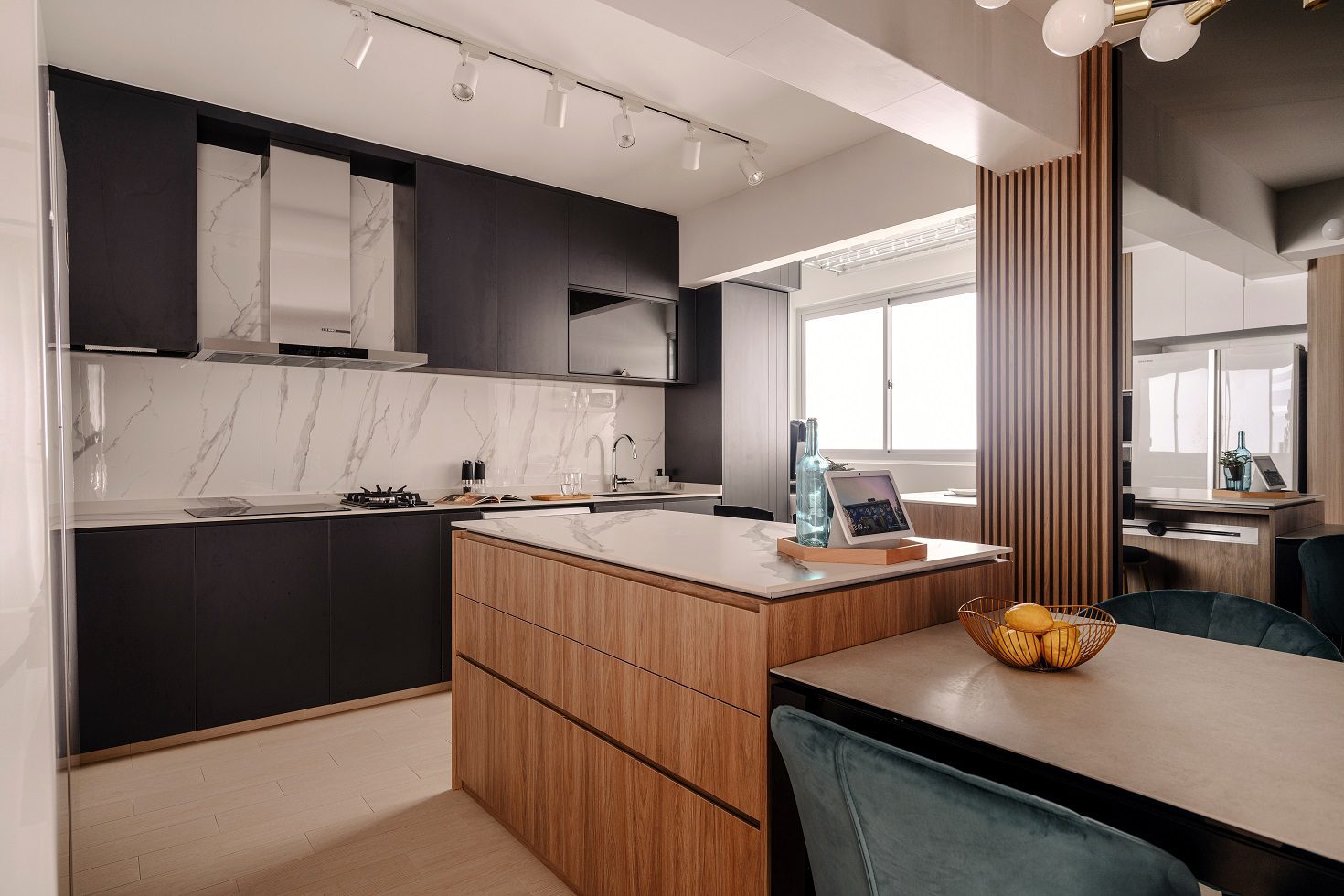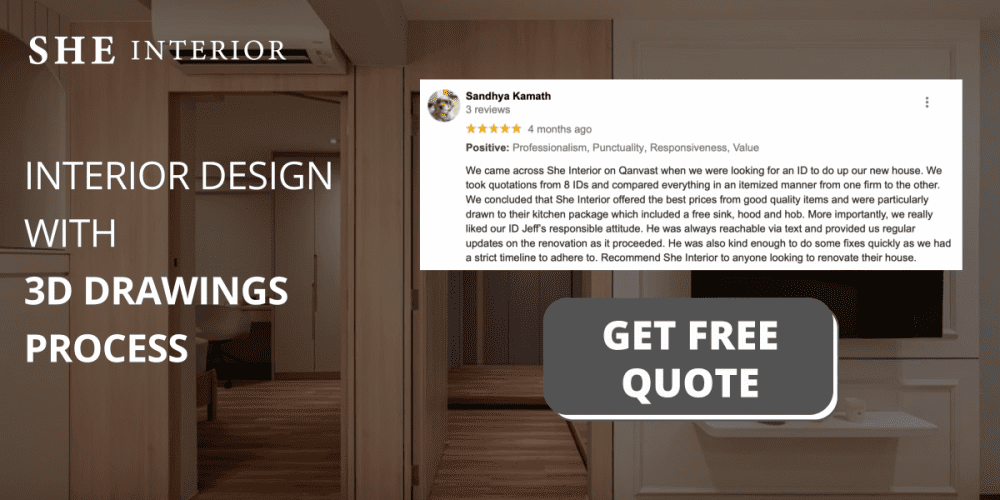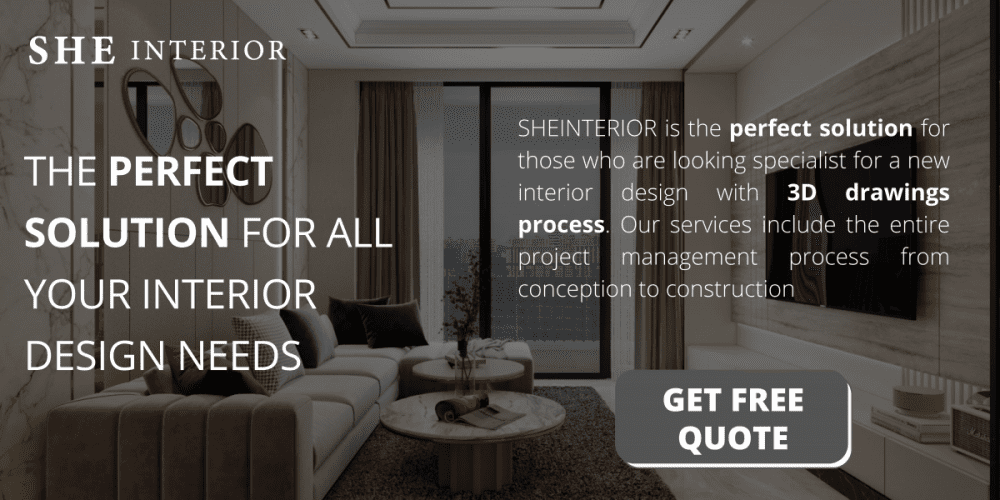Kitchen cabinets are one of the most important features in a kitchen. But you probably don’t know what you’re looking for when buying kitchen cabinets. Kitchen cabinets of the highest caliber ought to be beautiful and offer useful, simple storage for at least twenty or thirty years.
However, many customers report cabinet difficulties much earlier than this, including warped boxes, crooked doors, decaying drawers, scraped and dented faces, and loose hinges. These issues are brought on by the poor cabinet construction. Low-quality cabinets not only cause problems for homeowners in terms of functionality and appearance, but they also result in higher-than-expected installation and maintenance costs. So here’s how to tell the quality of kitchen cabinet designs.

Dovetails in hardwood
Consider a higher quality drawer box if your drawers are buckling and bending or if the front faces are coming off. In low-quality kitchen cabinet designs, the drawer boxes and joints are among the first components to break. Lackluster construction, which is typically held together with staples and notched butt joints, lacks the dovetail joint’s strength since the drawer box sides are machined to incorporate interlocking teeth.
Because of their long-lasting durability and the beauty of the joint, solid hardwood drawer boxes with dovetail joints and strong plywood bottoms are the gold standard for high-quality American cabinetry. A solid maple or birch drawer box of superior quality will have sides that are at least 5/8 inches thick. Dovetail joints, where the sides come together, are strong since they are made of wood. A sturdy plywood drawer bottom is glued and put into place after being thoroughly caught in grooved joints on all four sides.
Full-height back
Durability and installation simplicity are impacted by cabinet back structure. A (3/8-inch or larger), full-plywood, full-back panel is used in the strongest cabinet construction. Thin panels, metal hang rails and brackets, rails, and picture-frame construction are less expensive methods. Cabinets may fall as a result of weak back panels. To keep your kitchen cabinets precise and secure, choose cabinet style with plywood back construction.
Plywood-only construction
Particleboard or plywood are frequently used to construct cabinet boxes. To maintain their squareness during shipping and installation, support the weight of hefty countertops, and fend off moisture damage, the strongest cabinets have entire plywood sides and backs. A less expensive option is particleboard. It is susceptible to crushing, moisture damage, difficult-to-repair blow-outs at screws, and blow-outs at joints.
In order to make plywood stronger, layers of wood are stacked lengthwise and crosswise as they are assembled. It is crucial to take into account this property while building near sinks, faucets, and locations with running water because it has a considerably higher tolerance for moisture than particleboard does. Long-term weight bearing and far more resistant to damage such blow-outs, dings, and dents are two advantages of plywood.
Face frames
A sturdy wooden frame is added to the front of the cabinet box in a framed cabinet. The frame is where drawer glides and door hinges are attached. Doors are directly affixed to the cabinet box walls of a frameless cabinet. The two building techniques have quite different visual characteristics, and their strength and stability might differ greatly as well. For frameless cabinets, installation expenses are often greater.
Hinge and drawer glide bases are provided by the face frame, which is made of sturdy hardwood. The face frame also offers stability, helping to maintain the cabinet box’s squareness throughout shipping and installation. According to how much of the frame is visible, there are three types of framed cabinetry: partial overlay, full overlay, and inset.
Assembled in the factory
Fully built cabinets are packaged and transported in a ready-to-install state after being fully constructed at the factory. Ready-to-assemble (RTA) cabinets are made to be put together by a contractor or homeowner. Price, convenience, and structural strength are the differences that the consumer will notice.
Cabinets that are made to be completely constructed in the factory are more robust and long-lasting. Wood parts are joined together in factory construction procedures using dovetail joints, hot and cold glue, power fasteners, and other commercial ways. The cabinet’s strength is increased by the microscopic bonding that occurs in this wood-to-wood structure. A cabinet is constructed, packaged, and sent as a whole with all of the doors and drawers present and functional.

Lifetime Warranty
The guarantee provides you a hint about how much the manufacturer is ready to stand behind their product, even though it may not directly speak to the quality of the cabinet itself. A lifetime warranty suggests confidence in the cabinet’s quality if it is promised. You can determine what that means for yourself if they offer no warranty. After five to ten years of usage, low-quality cabinets frequently start to deteriorate. They might no longer have a warranty. Given that the kitchen cabinets are most expensive you will ever buy, a lifetime guarantee may provide you with the peace of mind you need to know that your cabinets will last for as long as you live in your house.
Customizability
Customized cabinets offer a wide range of options for sizes, styles, and specialist features that are adapted to the particular requirements and available space in your kitchen. While totally custom cabinet manufacturers are more expensive, many homeowners feel that stock manufacturers offer too few types and sizes. Semi-custom cabinets with adjustments offer a medium ground.
Modified semi-custom cabinets offer a variety of sizes, styles, and specialized cabinets at an affordable price. By beginning with a basic cabinet line, the manufacturer can reduce production costs by building each kitchen as a custom project. High levels of customisation are possible through modifications, but only for a limited number of cabinet units.
If looking specialist for a new interior design with 3D drawings process
SHEINTERIOR is the perfect solution for those who are looking specialist for a new interior design with 3D drawings process. Our services include the entire project management process from conception to construction, including architectural and engineering services. SHEInterior is the perfect solution for all your interior design needs. Get your best home design plan and result with us! Contact us here for more information.



